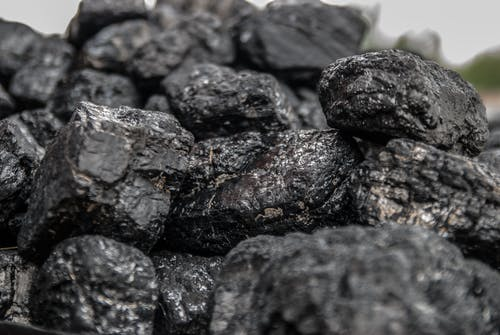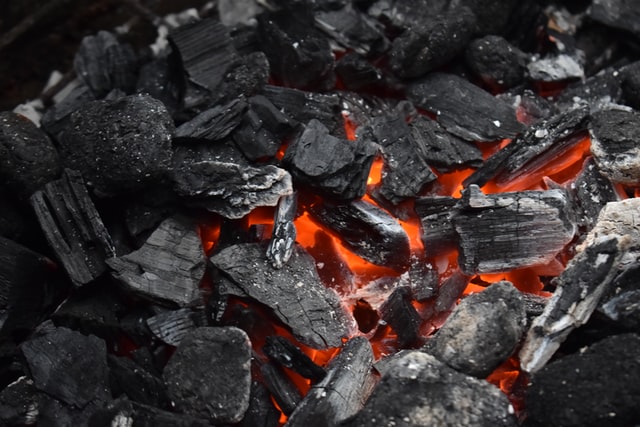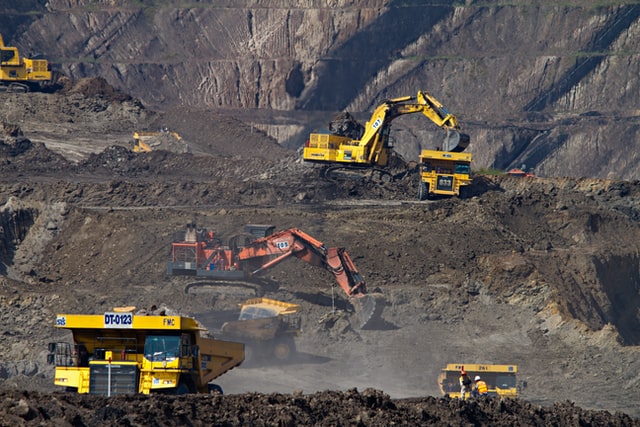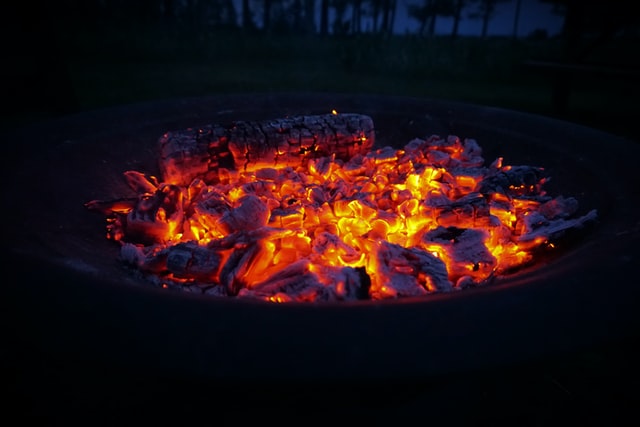Interesting Coal Facts for Kids
Coal is a hard rock that is typically black or black-brown, and it is a valuable resource used to generate heat, power, and energy.
Learn more about coal’s qualities and functions by checking out these intriguing coal facts provided in this article.
What is Coal?
Coal is a substance that may be burnt to generate electricity. Carbon is the most abundant element. However, it also contains hydrogen, nitrogen, oxygen, and sulfur. It is a sedimentary rock created from peat under the pressure of later-deposited rocks.

The History of Coal
Coal has a long history, dating back to 100 B.C. with the Chinese, but the Romans and Greeks also employed it.
A monk wrote of a black material found deep beneath the surface of the ground some decades later, in the year 1200.
The essential fuel throughout the Industrial Revolution was coal. Coal was a significant portion of rail freight in the United Kingdom in the twentieth century, accounting for the majority of the freight volume of some firms.
How is Coal Formed?
The Earth was covered in tropical swamp forest around 300 million years ago. These plants perished and fell into the muddy Earth, where they were eventually buried. Pressure from the rock layers above them turned them into coal over millions of years.
Coal may be found in a variety of locations across the globe. China, India, the United States, South America, Australia, Russia, Poland, Northern England, Scotland, and Wales are just a few major suppliers.
What is Coal Used for?
Thermal coal is used to generate electricity.

Steel is produced using coking coal.
In water filtration, such as in a fish tank filter, activated carbon (a kind of coal) is employed.
Coal by-products are utilized in various items, including paper, medicines, soaps, plastics, and even fibers.
Types of Coal
1. Anthracite
Anthracite is submetallic luster coal that is hard and compact. All varieties of coal have the fewest impurities and the maximum energy density. It is the coal of the most excellent quality. It is a brittle, black, glossy coal with a high proportion of fixed carbon and a low percentage of volatile matter, sometimes also referred to as hard coal.
Anthracite coal is uncommon in the United States, accounting for approximately 0.2 percent of total coal output in 20172. Northeast Pennsylvania has the country’s largest anthracite deposit, and Pennsylvania is the only state in the U.S. that currently produces anthracite coal.

2. Bituminous coal
Bituminous coal is a kind of coal that falls between sub-bituminous and anthracite. It has a high heating value (Btu) and is utilized in the United States for electricity generation and steel production. It seems blocky, bright, and smooth when you first encounter bituminous coal, but closer inspection reveals thin, alternating, shiny, and dull layers.
West Virginia, Illinois, Pennsylvania, and Kentucky are the top producers of bituminous coal in the United States. In 2017, bituminous coal accounted for 46% of total coal output in the United States.
3. Subbituminous coal
Subbituminous coal is black in color and primarily dull in appearance (not shiny). It is mainly utilized in creating power and has low-to-moderate heating ratings.
Wyoming produces the most considerable bulk of subbituminous coal in the United States. In 2017, subbituminous coal accounted for 45 percent of U.S. coal production.
4. Lignite coal
Lignite coal, often known as brown coal, is the lowest-grade coal having the lowest carbon content. Lignite is mainly employed in generating energy because of its low heating value and high moisture content.
Texas and North Dakota produce 93 percent of all lignite in the United States. In 2017, lignite accounted for 9% of total coal output in the United States.
Is Coal Renewable?
Coal is a non-renewable resource. This implies that we could run out of coal at some point.
Disadvantages of Coal
1. CO2 is produced when coal is burned (carbon dioxide gas). This is a kind of greenhouse gas that contributes to climate change.
2. This is the primary contributor to global warming. Furthermore, deep shafts are dug to reach the coal deep within the Earth, which might have an impact on groundwater and surface water.

3. Coal combustion pollutes the atmosphere. Coal is, in reality, is the worst pollutant we have.
4. Coal, especially when burnt without sprayers, leads to acid rain and pollution. Toxic substances such as soot, mercury, and carbon monoxide are released when coal is burned, contributing to illnesses including cancer and asthma in people and wild animals.
5. Although higher grades of coal burn cleaner than lower grades, they nevertheless contaminate the environment more than other fuels. In addition to air pollution, coal combustion creates toxic coal ash, which, if discharged into the atmosphere, can pollute water.

How Much Coal is Left in the World?
Estimates of the total world proved recoverable coal reserves were at 1,156 billion short tonnes (or around 1.16 trillion short tonnes) as of December 31, 2020, with five countries accounting for over 75% of the world’s known coal reserves.
Interesting Coal Facts
1. This element was mined in the United States in 1748. (near Richmond, Virginia).
2. Coal was discovered in Kentucky, Ohio, West Virginia, and Pennsylvania a few years later.
3. Anthracite, coal, was first utilized to create nails in 1788.
4. The value of coal increased much more with the invention of the steam engine. Coal was utilized to power these robust vehicles.

5. People understood that coal might generate power in the early 1800s.
6. About two-thirds of mined coal is used in power plants.
7. Coal must be completely dry before it can be burned.
8. Coal is mined in over 100 nations throughout the world.
9. Coal is made out of dead plant materials that decompose into peat. Pressure and heat transform this into coal over time.
10. Baltimore was the first to use coal gas to power its street lights.
Conclusion
We hope that this article provided you with fascinating facts and figures on coal usage, coal production, the mining sector, coal power and helped you learn more about its harmful effects on the environment.
